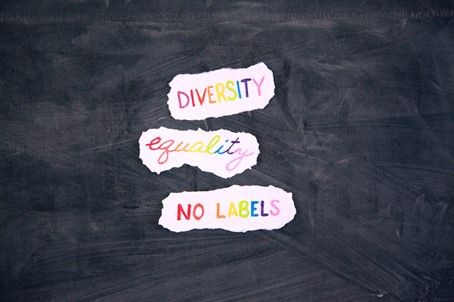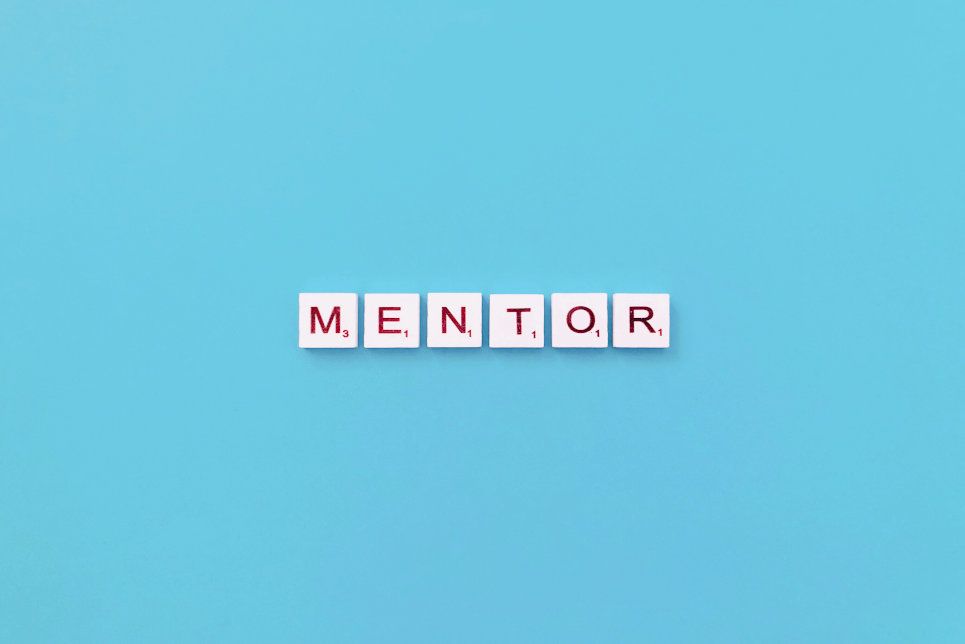The contact restrictions were a successful measure to combat the COVID 19 pandemic. Thus, within a short time, the private home became the new work environment for many employees in Europe. In many countries, employers were obliged by law to enable and support telework or mobile work from home.
Eurofound defines telework as a “work arrangement in which work is performed outside a default place of work, normally the employer’s premises, by means of information and communication technologies (ICT). […] Mobile work could be considered a variation of telework.” (Eurofound, 2022)
Some facts:
- “In 2020, 12% of employed people aged 20-64 in the EU usually worked from home, while this share had remained constant at around 5 or 6% over the past decade.” (Eurostat 2021)
- “Until the outbreak of the pandemic, telework had mostly been used by high-skilled workers who do most of their work on computers, enjoy high degrees of autonomy, and are employed in knowledge-intensive activities. […] Beyond the nature of their work, high rates of teleworking before the pandemic among some professionals may also reflect the extent to which they performed informal overtime work at home” (European Commission, Science for Policy Briefs, 2020)
- “At EU level, the share of employed people who usually or sometimes[1] work from home greatly increased from 14.6 % to 24.4 % between 2019 and 2021” (Eurostat 2022a)
- “In 2021, employed people with a high education level are more likely to (sometimes or usually) work from home (43.9 % of people working from home) than employed people with a low (6.4 %) or medium level of education (14.7 %). Women with a low or a medium level of education were more likely to (usually or sometimes) work from home than their male counterparts. The EU Member States show very disparate situations among employed people working from home. In the Netherlands, Sweden and Luxembourg, more than 45 % of employed people (usually or sometimes) worked from home in 2021, while less than 10 % did so in Bulgaria and Romania.” (Eurostat 2022b)
- It is more vulnerable groups of the workforce, including those with low skills, as well as those lacking digital skills – who are more likely to lose their jobs due to the impact of the pandemic (EU-Digital Skills and Jobs Platform, 2021)
Obviously, the job profile and basic digital skills need to be in place in order to work from home. Men and women use mobile working at different levels. Furthermore, differences can be identified between European countries. But wouldn’t one actually also expect the scientific evaluations to find a discrepancy between age groups in companies? One imagines that young digital natives – laptop on the knees and a cappuccino beside – consider mobile work as individual liberty and independence, while older workers long for the traditional office environment.
On the contrary, Eurofound found that considering the whole workforce, 60% of workers would like to work from home (daily or several times a week) after the pandemic, 71% of employees reported that they were satisfied with working from home. Levels of satisfaction were notably high among those who were teleworking for 35 to 40 hours per week and those aged over 50 years old.(Eurofound, 2021). A LinkedIn evaluation also shows that two age groups are particularly often looking for such job offers: Members of Generation Z and the Baby Boomer Generation – i.e. the youngest and oldest employees in a workforce look for remote jobs. What could be the reasons for this? Perhaps Baby Boomer applicants are less mobile or they are looking for management positions. Generation Z applicants, on the other hand, are often more experienced with technology and virtual collaboration – both of which are essential for remote jobs. (LinkedIn, 2022)
However, what are employers’ attitudes to these new work arrangements?
The pandemic has introduced innovations and transformations that cannot simply be abolished. “It is widely agreed that the pandemic has had a significant impact on work organisation practices and managerial culture. As time goes on, it is likely that telework and a flexible approach to work organisation will become a more prominent and permanent feature for employers and employees.” (European Agency for Safety and Health at Work, 2021).
Politics are supporting new work arrangements such as telework or mobile work in many European countries. By March 2021, there were legal changes in Italy, Luxembourg, Latvia, Slovakia and Spain, many other countries, like Austria, Belgium, Cyprus, Croatia, Hungary, Ireland, Germany, Malta, Poland, Portugal and Slovenia, were reviewing their correspondent national legislation (European Agency for Safety and Health at Work, 2022).
There are some major issues for employers:
During the pandemic, businesses continued to make expensive rent or mortgage payments for their office space. In case, not all the employees will return to the office in the future it is time to consider some changes: “A survey of 278 executives by McKinsey in August 2020 found that on average, they planned to reduce office space by 30 percent. Demand for restaurants and retail in downtown areas and for public transportation may decline as a result.” (McKinsey Global Institute, 2021). If there is a trend towards moving away from city centres, property prices will also fall as a result, meaning that office space will be worth much less in the future.
The work organisation for managers will be more challenging as they will have to keep track of everyone – the ones working in the office and the remote workers. It is not just possible to initiate an ad-hoc face-to-face meeting but long-term planning and monitoring of work results are the new key tasks of managers. (Forbes, 2021)
Moving office does not just mean that the rents are lower, in less costly zones employers may attract a skilled workforce that cannot afford to move to expensive cities (McKinsey Global Institute, 2021). An analysis of recent LinkedIn data also suggests that companies offering remote work can achieve more diversity in terms of age, education and gender in the workforce. Compared to men, women are significantly more likely to apply for remote jobs (LinkedIn 2022)
Age is an aspect that often is not even considered in company diversity. But those who focus on a multigenerational workforce can strengthen the company through valuable perspectives – and new work arrangements for all. Mobile working has advantages for employees, companies – and even for the society: More widespread telework has the potential to increase productivity, improve work-life balance and reduce emissions (OECD, 2021). A majority of respondents to the European Investment Bank’s Climate Survey think that post-COVID economic recovery should take into account the climate crisis (European Investment Bank, 2021). So let us go for more mobile work – with all generations!
Ressources
Eurofound, 2021
https://www.eurofound.europa.eu/publications/article/2021/workers-want-to-telework-but-long-working-hours-isolation-and-inadequate-equipment-must-be-tackled
Eurofound, 2022
https://www.eurofound.europa.eu/topic/teleworking
European Agency for Safety and Health at Work, 2021
https://euagenda.eu/upload/publications/telework–20post-covid.pdf
European Agency for Safety and Health at Work, 2022
https://healthy-workplaces.eu/en/media-centre/news/teleworking-regulations-are-changing-so-what-do-employers-need-know
European Commission, Science for Policy Briefs, 2020
https://joint-research-centre.ec.europa.eu/document/download/1ccf7717-ab52-4215-b14a-08d74e9d44fc_en
European Investment Bank, 2021
https://www.eib.org/en/stories/telework-and-the-green-recovery
Eurostat 2021
https://ec.europa.eu/eurostat/de/web/products-eurostat-news/-/ddn-20210923-1#:~:text=In%202020%2C%2012%25%20of%20employed,6%25%20over%20the%20past%20decade.
Eurostat 2022a
https://ec.europa.eu/eurostat/statistics-explained/index.php?title=Employment_-_annual_statistics
Eurostat 2022b
https://ec.europa.eu/eurostat/statistics-explained/index.php?title=Employment_-_annual_statistics#Remote_work:_disparities_by_country_and_level_of_education
EU-Digital Skills and Jobs Platform, 2021)
https://digital-skills-jobs.europa.eu/en/latest/news/digital-skills-way-safeguard-jobs-snapshot-cedefops-job-loss-covid-19-2021-report
Forbes 2021
https://www.forbes.com/sites/jackkelly/2021/08/17/the-real-reasons-why-companies-dont-want-you-to-work-remotely/
LinkedIn 2022
https://de.linkedin.com/business/talent/resources/women-and-genz-more-likley-to-apply-for-remote-work-cont-fact
McKinsey Global Institute, 2021
https://www.mckinsey.com/featured-insights/future-of-work/the-future-of-work-after-covid-19
OECD, 2021
https://www.oecd.org/coronavirus/policy-responses/teleworking-in-the-covid-19-pandemic-trends-and-prospects-72a416b6/
[1] Note that ‘usually working at home’ means doing any productive work related to the current job at home for at least half of the days worked in a reference period of 4 weeks, and ‘sometimes working at home’ means the same but for at least 1 hour in the reference period of 4 weeks (and less than half of the days worked).
















